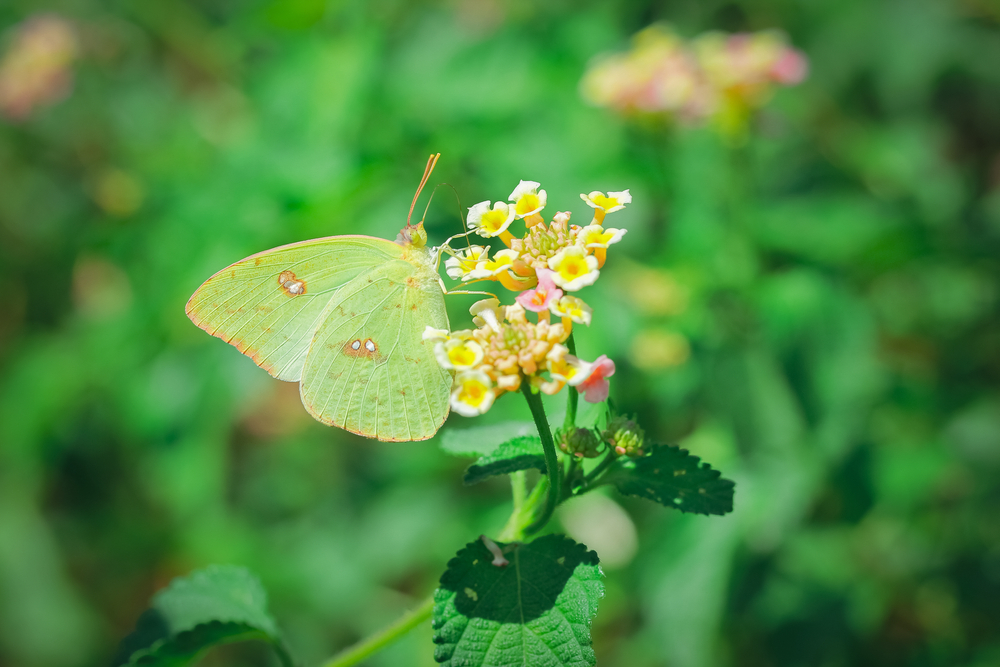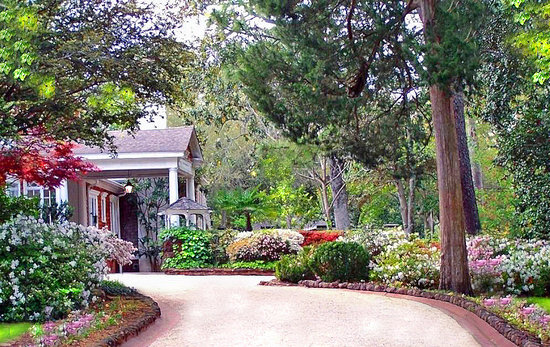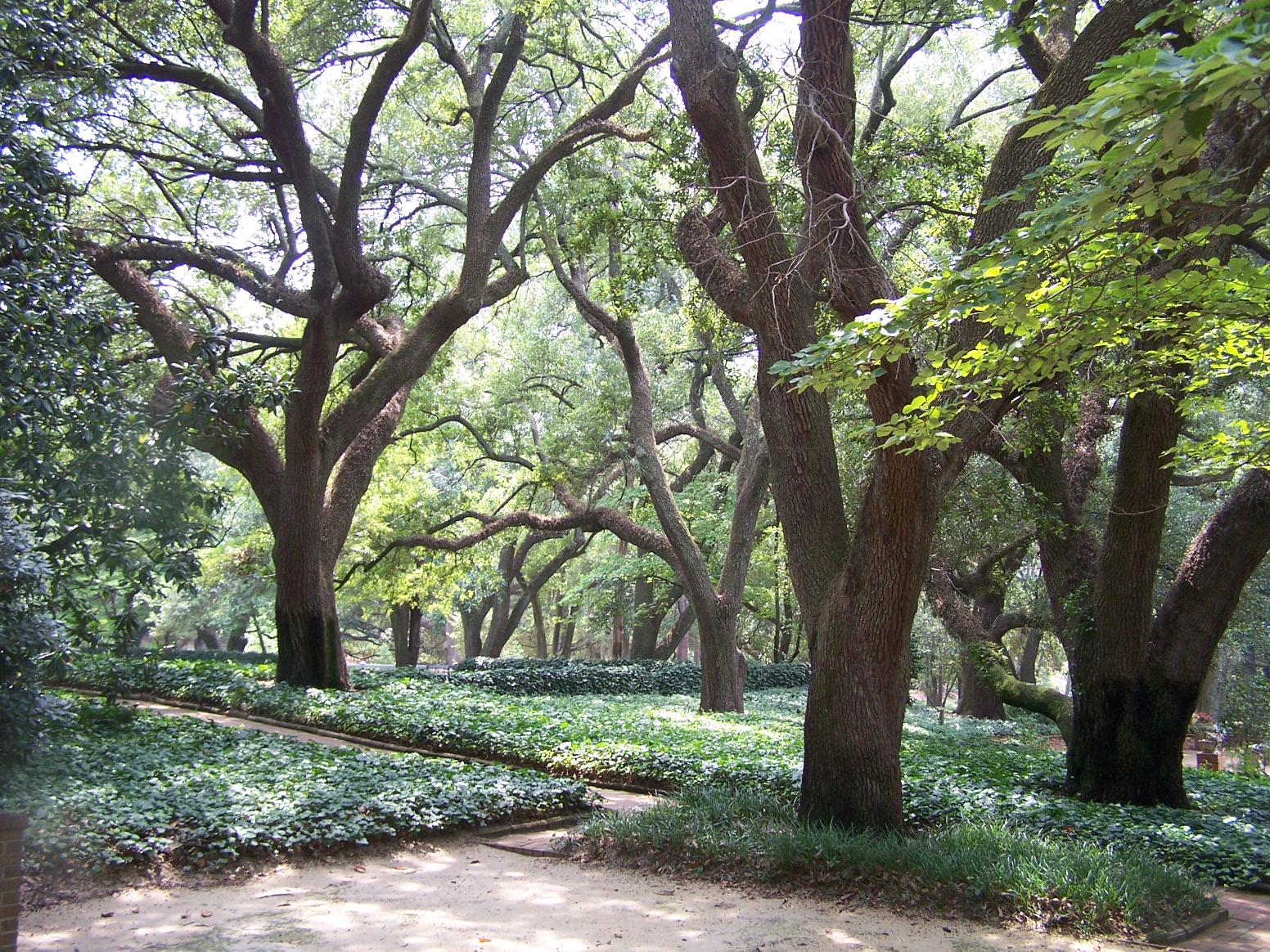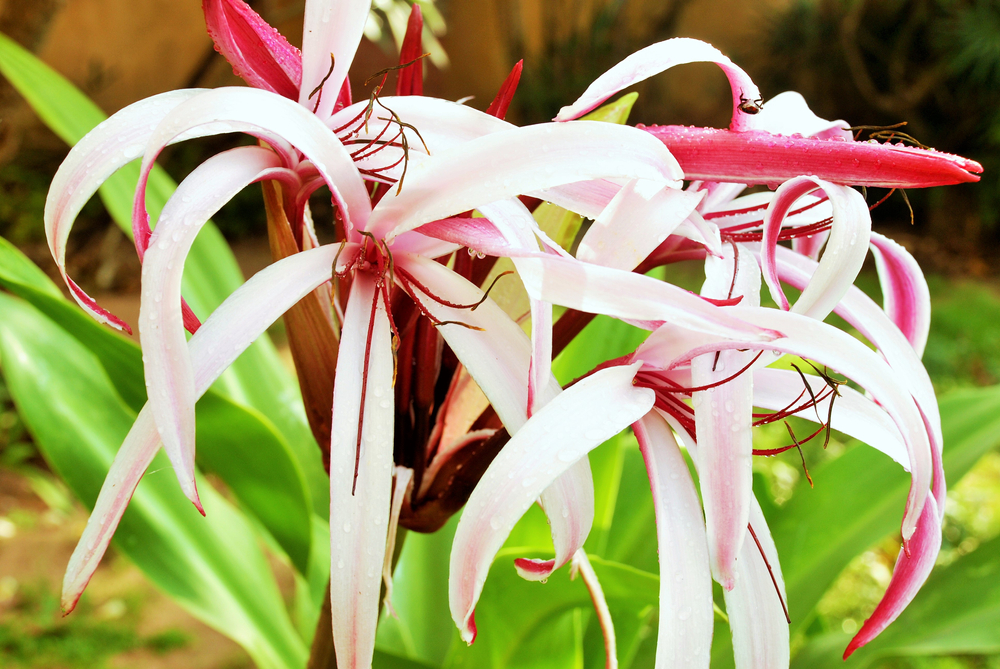
A City in Bloom
Aiken locals and visitors alike know well how beautiful the City of Aiken, SC is and its many gardens are. Aiken, a place that was voted “South’s Best Small Town” by Southern Living Magazine, continues to capture the nation’s attention in a new article we’re sharing with our website visitors first! The Garden Destinations team has put together a blog post about their trip to Aiken, SC, and the must-visit stops to add to your own list during your Discovery Visit if you love natural beauty. Read for yourself what makes Aiken such a special garden destination below.
Discovering the Gardens of Aiken, South Carolina
Excerpts from “Discovering the Gardens of Aiken, South Carolina” published on Garden Destinations
“It’s one thing to visit a City that happens to have gardens. It’s another thing entirely when the entire City is in bloom, and that’s what you’ll find in Aiken, South Carolina. The City’s early history is connected to the railroad, followed by northerners who wintered in this trendy enclave of the late 1800s into the 1940s. These Winter Colonists, as they were called, brought with them their passions for horses, fancy parties, and estates filled with gardens. Today in Aiken, it’s the gardens that are still the real stand out.
Visiting Aiken
A good place to start your visit is at the train depot, a recreation of the original that serves as the visitor center. Aiken owes its early success to the train line that went through her in 1833. At the time, it was the longest train line in the world at 137 miles from Charleston to Hamburg near Augusta, Georgia. The dioramas inside the museum depict the nine towns along this original route of the South Carolina Canal and Railroad Company.
As train travel expanded in the U.S., the rich and famous found Aiken to be a health resort. They arrived in private Pullman cars to escape winter up north or to get away from mosquito-laden coastal areas in summer. Two of the early winter colonists were Oliver and Hope Iselin, who built their winter estate here, which today is known as Hopeland Gardens.
Aiken’s Showcase Garden
Hope Iselin is responsible for developing these gardens that surrounded her home. She planted many of the live oaks and deodora cedars, some over 100 years old, that tower above the landscape today. She had the serpentine wall installed at the home’s original entrance. She also planted the oak allée, now used to access the gardens from the parking lot. As you wander the paths of these gardens, you’ll find impressive plantings of camellias and azaleas, dogwoods, Yoshino cherries, osmanthus, and Japanese maples.
Upon her death in 1970, Hopelands was given to the City of Aiken. The town added many new sections to the gardens to make it a year-round display instead of a winter garden. The city also added fountains, a reflection pool, wetlands, and event a stage area for concerts. The Aiken Thoroughbred Racing Hall of Fame & Museum is adjacent to Hopelands and showcases the horse history of the region. Rye Patch is an estate behind Hopelands with the original buildings, mostly used for events, and a rose garden.
Rose Hill Estate

Another winter colony home is now the Rose Hill Estate, a lovely inn near downtown. Taking up almost five acres on one full city block, Rose Hill is classic Winter Colony charm.
The Dutch Colonial style main building with the inn’s guest rooms has the look of a country home popularized in the American country house movement of the early 20th century. Boxwoods and azalea-lined paths wind through lush garden settings of over 100 different types of plants; camellia, rhododendron, acuba, daphne, pieris, holly, gardenia and more fill the spaces. The South Carolina and Aiken garden clubs were founded here as the estate’s original owner Claudia Phelps was a gardener.
She designed the gardens to lead to intriguing views and interesting plants along the way. It’s the largest privately designed garden in the state. It’s said one of the oldest camellias in the state is here. Her original drawings of the gardens’ design are in the state archives. Several other buildings are on the grounds, including The Stables restaurant housed in the estate’s original equestrian building. Inside the main home is the fine dining restaurant Sheffields.
Aiken’s Arboretum Trail
Aiken has an extensive system of parkways with gardens and towering trees in the middle. Colleton Avenue is the heart of the city’s Arboretum Trail that starts at the city library. Information on oaks from around the world, along with many rare tree species found here can be accessed on your phone. Make sure to take a drive on South Boundary Street to experience the stunning several blocks long canopy of live oaks.
Aiken’s Historic Site
Thirty minutes south of downtown is the Redcliffe Plantation State Historic Site. Completed in 1859, this 400-acre plantation with a Greek Revival house was the country estate of James Henry Hammond. He also owned three larger plantations within 10 miles of here.
Hammond developed Redcliffe to be different from a typical plantation. He had it professionally designed with orchards and vineyards where he hoped to operate a winery. It never quite succeeded as the grapes didn’t like the humid weather. You can still see the orchard and vineyard terraces across the landscape. There are also remnants of the magnolia grandiflora allée that he planted for the grand entrance to the estate. Closer to the house are many ornaments; gardenias, camellias, and deodora cedars. The cherry bark oak is pre-civil war and the oldest tree here. There is a two-mile trail to enjoy the property or just wander on your own across this timeless landscape.

 Crinum Lilies Grow Here
Crinum Lilies Grow Here
Down the road from Redcliffe is the home and farm of Jenks Farmer. If you grow crinum lilies, then you’ve probably heard of Jenks who is one of the few who raise and sell these beautiful iconic plants to gardens and gardeners around the world.
A trained horticulturist who helped develop the Riverbanks Botanical Garden in Columbia, South Carolina, Jenks eventually turned his attention to the homeplace where he was raised. The circa 1750s home was already 100 years old by the time Redcliffe was built. His parents raised their family off the land and it’s this same land that Jenks uses to grow his renowned crinums and ships thousands of bulbs a year to gardeners eager to add these beloved plants to their landscape.”
Plan Your Visit
See for yourself what makes Woodside and our hometown, Aiken, so special by planning your 3-day, 2-night Discovery Package. Submit your preferred dates below, and we’ll reach out within 24 hours to coordinate your accommodations, trip itinerary, and more. We can’t wait to welcome you to our beautiful garden destination!
0 Comments